Master the best backlink strategies in 2025. Boost your SEO, rank higher on Google, and drive organic traffic with these expert techniques.
Disclosure: This post may contain affiliate links. This means that if you click on a link and make a purchase, I may earn a small commission at no extra cost to you. I only recommend products and services I truly believe will add value to you.
The Link-Building Playbook for Affiliate Marketers
Getting your affiliate site noticed online is a completely different game once you understand the true power of backlinks. These links act as trust signals to search engines, helping boost your site’s visibility in search results and attracting targeted visitors who are far more likely to convert into customers or commission-generating leads.
But here’s the catch—not all backlinks are created equal, and not every strategy delivers real results. The internet is full of outdated, spammy link-building advice that can actually hurt your rankings if you’re not careful. Over the years, I’ve experimented with just about every link-building approach out there, from the classic guest post to cutting-edge digital PR campaigns. Through trial and error, I’ve discovered which methods consistently move the needle and which ones are a waste of time—especially for affiliate marketing blogs and niche sites.
In this guide, I’ll share the backlink strategies that continue to work in 2025, even with Google’s constant algorithm updates. These are the same tactics that SEO experts swear by and that successful affiliates quietly use to dominate competitive niches. Whether you’re brand new to affiliate marketing or looking to scale an established site, the strategies here will help you earn backlinks that not only boost your rankings but also bring in high-quality traffic that’s primed to click and buy.
![]()
Why Backlinks Matter for Affiliate Marketers
Backlinks do more than just push your page rank higher. For an affiliate marketing site, a solid network of links from reputable sources can make the difference between showing up on page two or page one on Google. The affiliate landscape is full of competition, so finding a way to stand out is really important.
Search engines look at backlinks as votes of confidence. If your site gets links from trusted websites, Google is more likely to show your content to people searching for the products or services you promote. This kind of organic search traffic is exactly what you want to drive leads and sales from your affiliate offers.
Core Backlink Strategies for Affiliate Success
Nailing your backlink approach is all about quality, not just how many you get. Here’s a look at the most reliable backlink tactics for affiliate marketers that have worked across the board for me and others in the field:
- Guest Posting: Creating content for other websites in your niche is a classic and effective way to earn powerful links and reach new audiences at the same time.
- Resource Page Links: Getting placed on a niche resource page or “best tools” roundup builds your authority and brings in referral traffic from interested readers.
- Broken Link Building: Finding broken links on relevant sites, then offering your content as the solution, helps everyone: you, the site owner, and their readers.
Each of these methods can be a giant traffic booster, and also helps build valuable relationships within your niche.
10 Backlink Strategies Every Affiliate Marketer Should Try
- Guest Posting on HighQuality Blogs
Writing useful posts for other blogs in your affiliate niche is a super way to score trusted links. When these blogs already rank well, a backlink from them can bump up your own authority significantly. I’ve found that coming in with personalized pitches meant for each blog makes a difference. Don’t just chase any site—stick with those that have active readers and genuine engagement. - Creating Skyscraper Content
This is about making the best, most detailed content you can on a hot affiliate topic—something so in-depth that others want to link back to it as the key go-to guide. After publishing, I contact websites in my space and suggest they point their audience to my more complete overview. This can lead to natural links over time. - Building Links from Resource Pages
Resource pages gather the best tools, guides, or articles in a specific field. Getting your affiliate site listed on these pages delivers not just backlinks, but also visitors ready to take action. I regularly reach out to webmasters who maintain resource lists relevant to my niche, laying out how my content fits their audience’s needs. - Getting Involved in Expert Roundups
I often jump into expert roundups, where site owners collect insights from multiple specialists (affiliates included). Giving my take or a useful tip can get me featured—and earn me a backlink—on posts that tend to get lots of shares and attention. This also fosters trust and connections with other players in my space. - Fixing Broken Links for Others
If I stumble upon broken affiliate or resource links on related blogs, I reach out and offer my own content as a replacement. This helps the site owner, improves their user experience, and usually results in a quality backlink to my content. - Submitting to Relevant Directories
Directory links get a bad rap, but when done right, they’re still valuable. Listing your affiliate site on respected industry directories or affiliate-specific portals can strengthen your link profile. I avoid low-quality or spammy directories, choosing only ones with strict standards and actual SEO value. - Making the Most of HARO (Help a Reporter Out)
By answering journalists’ and bloggers’ requests for expert input, I sometimes get quoted (with a link) in big blogs or news stories. These are harder to land, but the backlinks are super powerful and raise your authority in the affiliate space. - Developing Shareable Infographics
Visual pieces like infographics about affiliate trends, statistics, or side-by-side product comparisons often attract a lot of attention. I use my affiliate-link-filled post as the source, then share the infographic with interested editors and bloggers. When they post it, they typically include a link back to my article. - Brand Mentions That Aren’t Linked
Sometimes, bloggers and publishers name my affiliate site or reviews but don’t include a link. With alerts, I spot these mentions, then politely ask them to add a link for their readers. It’s a quick win that helps with both traffic and authority. - Networking Inside Affiliate Programs
Many affiliate networks or programs highlight their top partners with case studies or webinars. By offering to share my story, I’ve gotten backlinks from official program sites. These are trusted and often have strong SEO value.
Common Challenges When Building Affiliate Backlinks
It’s not always smooth going with link building. For affiliate sites, a few hurdles often pop up:
- NoFollow Links: Many affiliate links are tagged “nofollow”, meaning they don’t pass authority. This is normal, but keep hunting for “dofollow” links from reputable sites.
- Google Penalties: Being too aggressive or spammy with links can get your affiliate site penalized. I always keep things natural, switch up anchor texts, and focus only on reputable sites.
- Fierce Competition: The most popular resource pages or guest posting chances get flooded with pitches. Timely, creative outreach helps you stand out from the crowd.
Handling NoFollow vs. DoFollow Links
Most top sites hand out nofollow links, especially for sponsored content or product reviews, so they don’t grant too much SEO weight. Still, I never brush these off. They drive traffic and build credibility. At the same time, I prioritize reaching out to blogs and media that offer dofollow opportunities, since these help your site’s authority grow. Having a mix of both makes your backlink profile natural and strong.
Staying Clear of Google Penalties
I keep my distance from link buying or automated backlink generators for affiliate sites. These can look like shortcuts, but Google quickly catches on to shady practices. My focus is on honest partnerships and original, useful content—this keeps my sites safe and ranking well for the long haul.
Advanced Backlink Tips for Affiliates
Once you’ve got the main tactics sorted, these extra strategies can help you pick up even more valuable links over time:
Refresh and Update Existing Content:
I spruce up older reviews or guides with the latest info and then approach sites linking to old resources, suggesting my updated version as a better option. This swap is often welcomed by other site owners eager to keep their own lists fresh.
Team Up With Influencers:
Working with influencers or well-known reviewers can lead to collaborative blog posts, interviews, or cohosted videos that include backlinks for everyone involved. These shared projects open the door to new audiences and backlink opportunities you might not have found on your own.
Host Free Tools and Calculators:
Offering a simple tool, calculator, or even a quiz tied to your affiliate niche tends to get shared a lot; site owners love linking to resources that help their own readers.
Tools and Resources for Affiliate Link Building
Certain online tools can make your backlink outreach quicker and smarter. Here are a few I always keep on hand:
- Ahrefs, Moz, and SEMrush: These tools lay out who’s linking to your affiliate content and how you stack up against competitors in your field.
- Google Alerts: I use these to spot new mentions of my brand or content, picking up fresh outreach leads as soon as they appear online.
- Hunter.io: This one helps you track down the right email addresses when reaching out for guest posts or resource links.
How Affiliate Backlinks Drive More Revenue
Good backlinks are about more than just ranking; they bring direct visitors who are already interested in your affiliate offers. Building up a healthy, organic backlink profile is one of the main ways to raise your Google position steadily—this means more monthly visitors and more chances for affiliate sales.
From experience, I’ve seen how a handful of solid backlinks from respected blogs in my niche can easily double my referral traffic and send my affiliate income on an upward swing—just by making my content easy to find and trusted at the decision-making point.
Frequently Asked Backlink Questions (FAQ)
How many backlinks should a new affiliate site aim for?
Quality trumps quantity. Even five strong, trusted backlinks can help a new affiliate site more than a hundred weak, unrelated ones.
Can you outsource backlink building for affiliate blog sites?
You can, but do your homework—make sure the provider has a solid rep in ethical, white-hat outreach. Avoid anyone selling dozens of links for cheap, as that usually spells trouble down the road.
Are social media links considered backlinks?
Yes, but they’re almost always “nofollow.” This means they add little SEO power, but they’re great for driving real visitors, so don’t overlook social sharing altogether.
Wrapping Up
The smart way to grow your affiliate site is by steadily building your backlink profile while putting out content your readers actually want. Using these proven backlink methods will give your site a trust boost, bring in steady traffic, and if you stay consistent, help you climb the search results long-term.
Stay curious and creative—keep making connections and testing new ideas. That’s how affiliate marketers achieve lasting traction and enjoy growing payouts month after month.
Read more:
How To Create Linkable Assets That Naturally Attract Backlinks
Using Social Media To Boost Your Backlink Profile Effectively
Analyzing Competitor Backlinks: A Step-by-Step Approach
The Difference Between DoFollow And NoFollow Links And Why It Matters
How To Use Broken Link Building To Gain High-Quality Backlinks
Top 10 Backlink Strategies Every SEO Expert Should Know
The Role Of Backlinks In Google’s Algorithm: What You Need To Know
Guest Posting Tips For Effective Backlink Acquisition
How To Avoid Common Backlink Mistakes That Hurt Your Rankings
The Ultimate Guide To Building Quality Backlinks

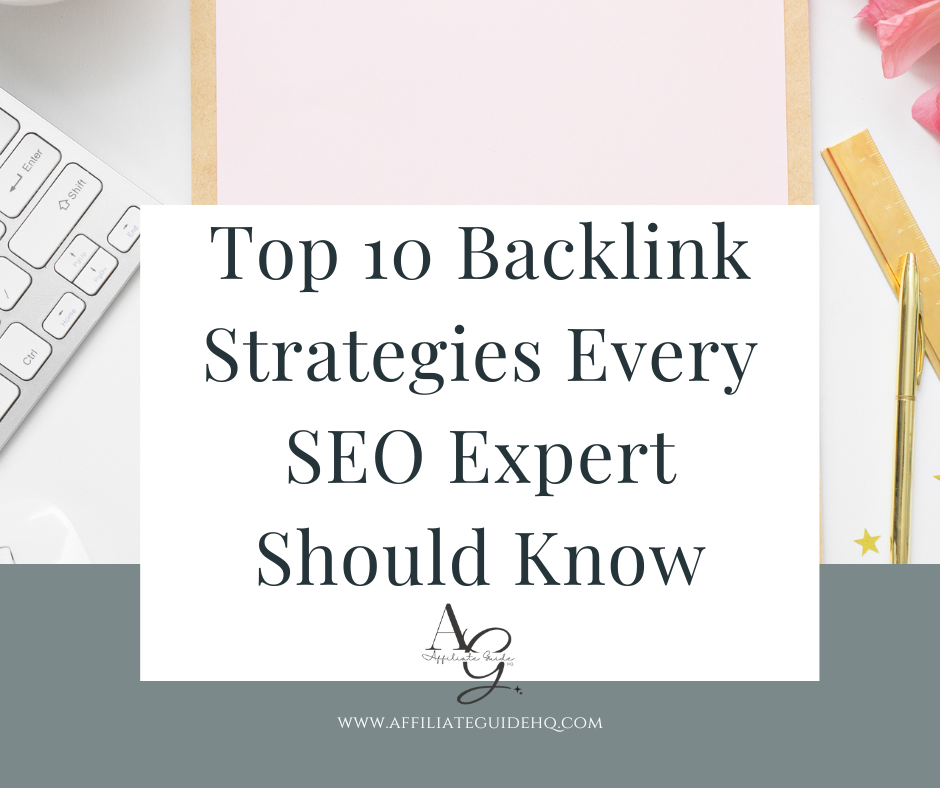
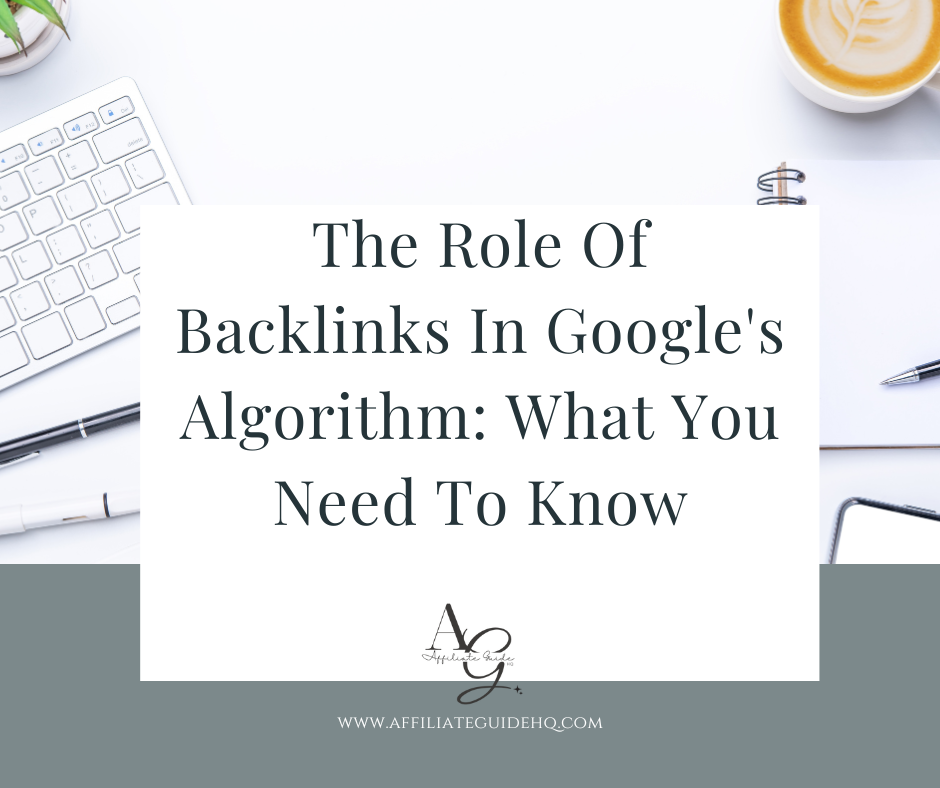
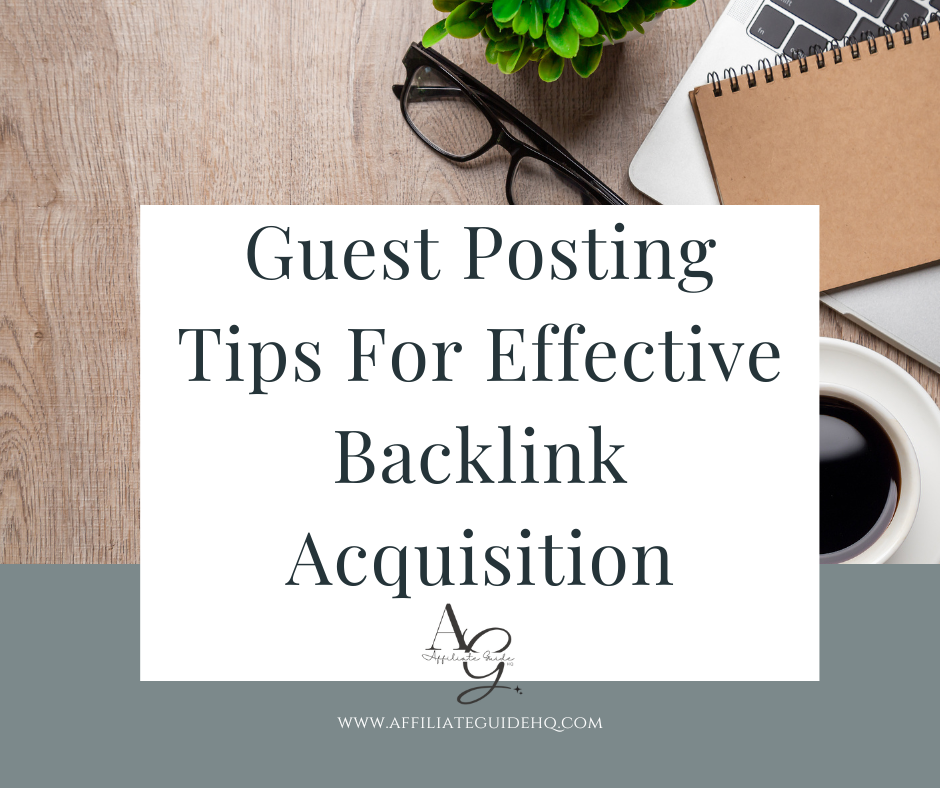
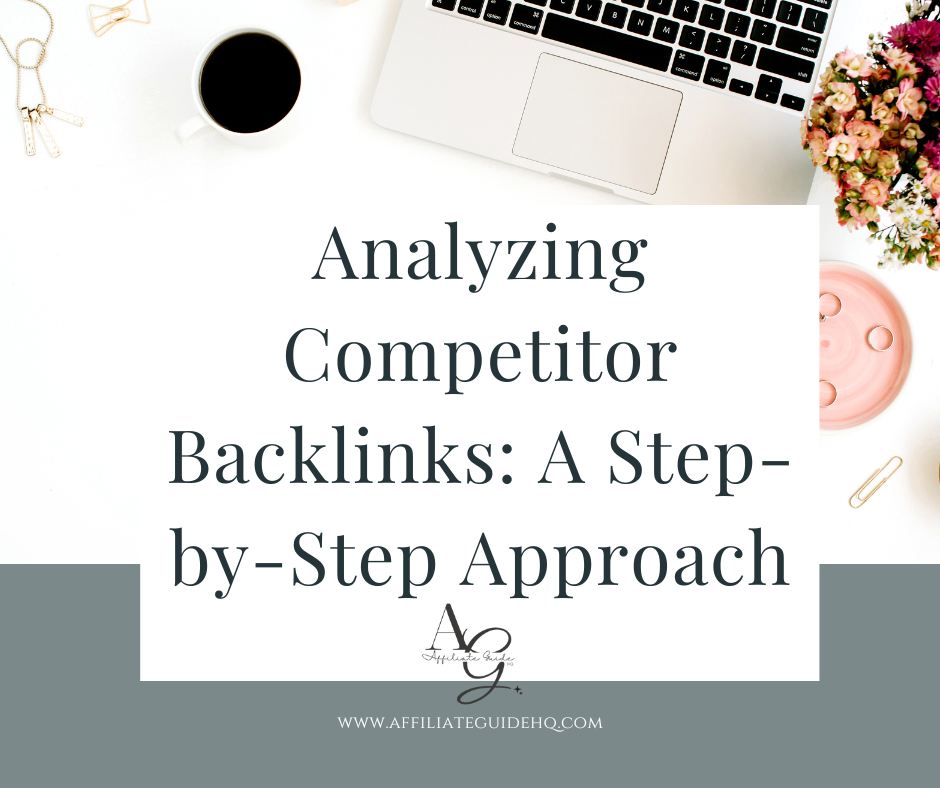
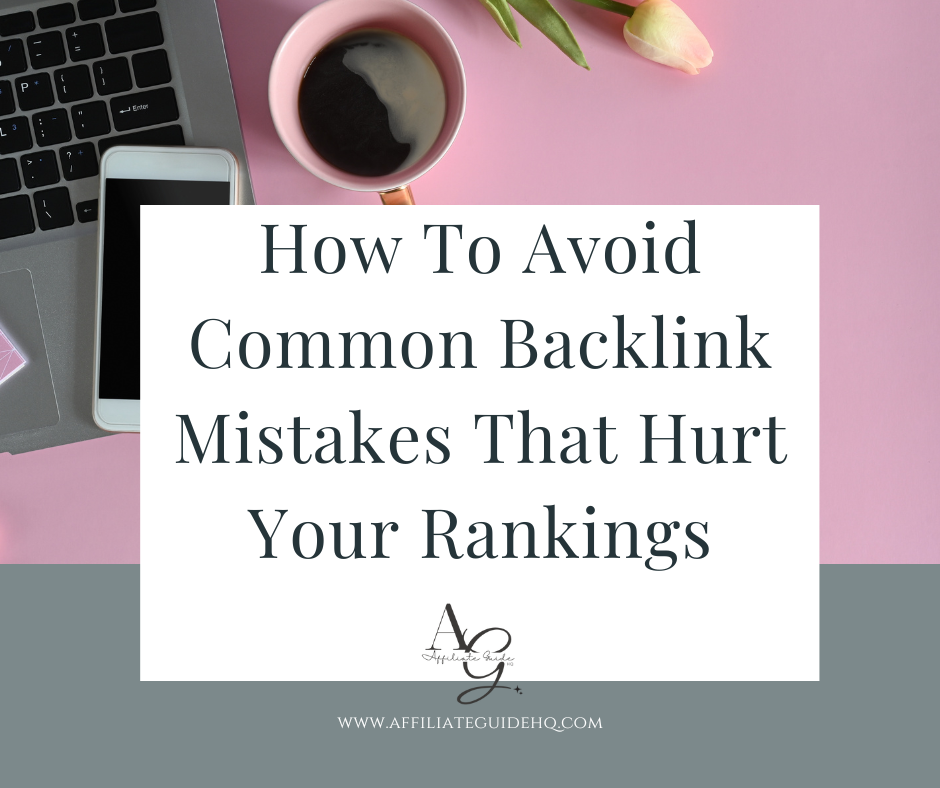
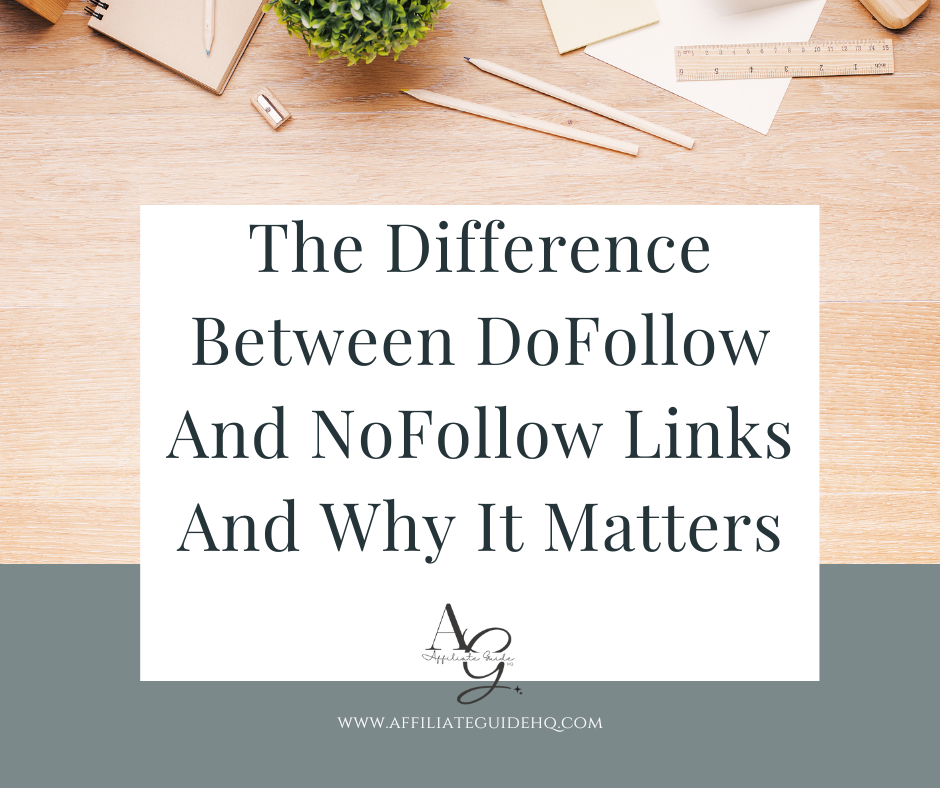
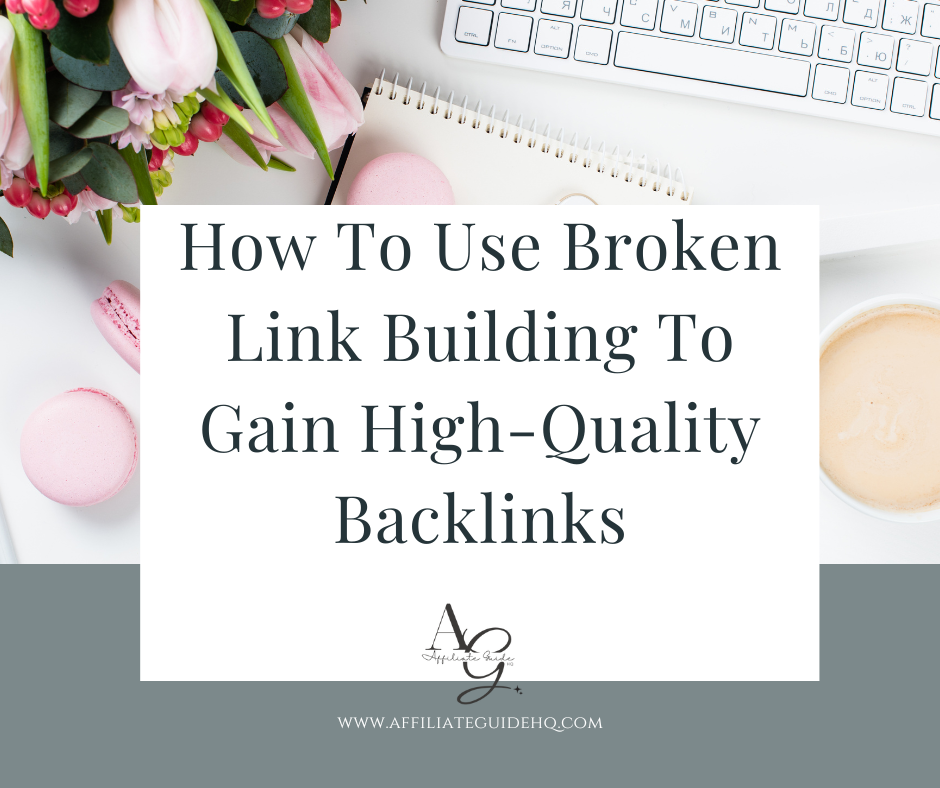
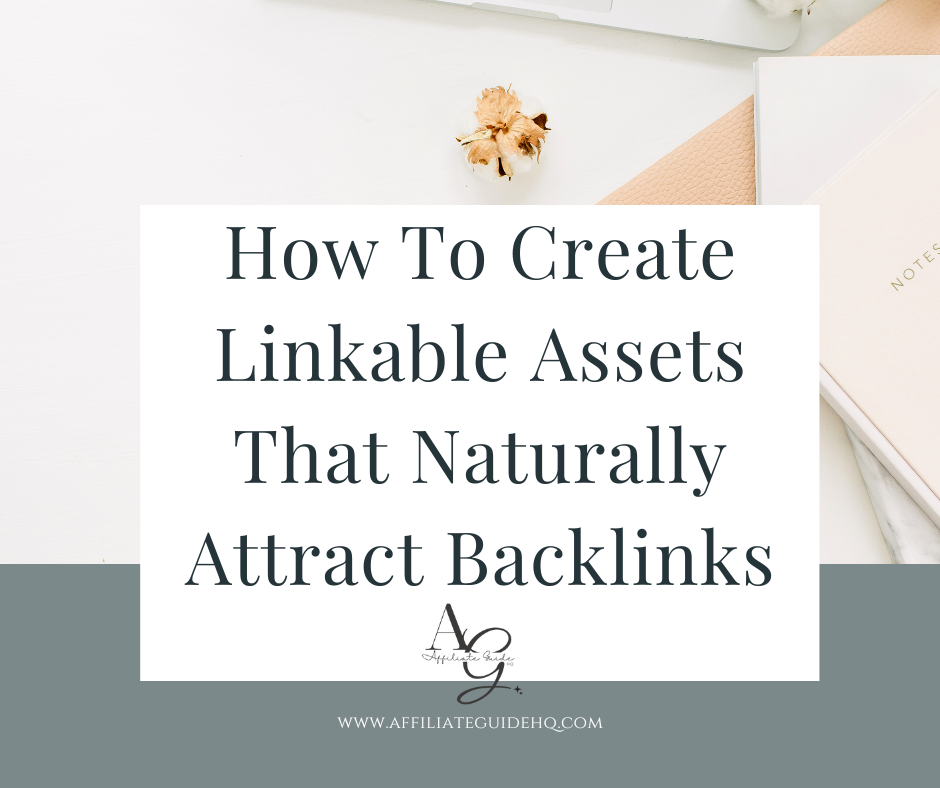
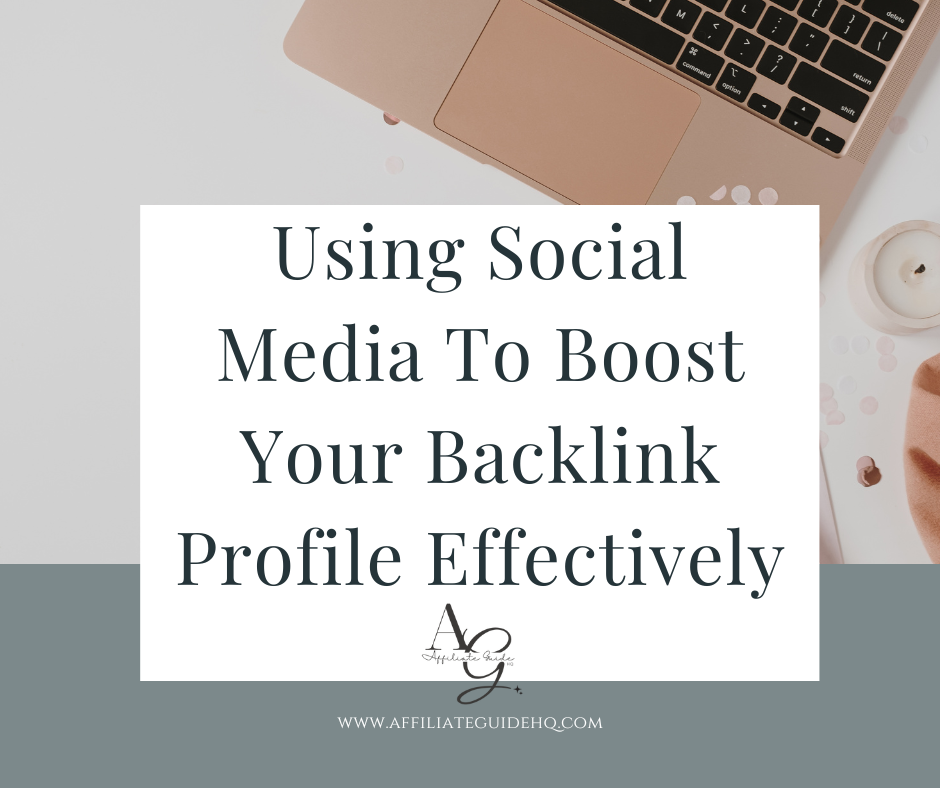
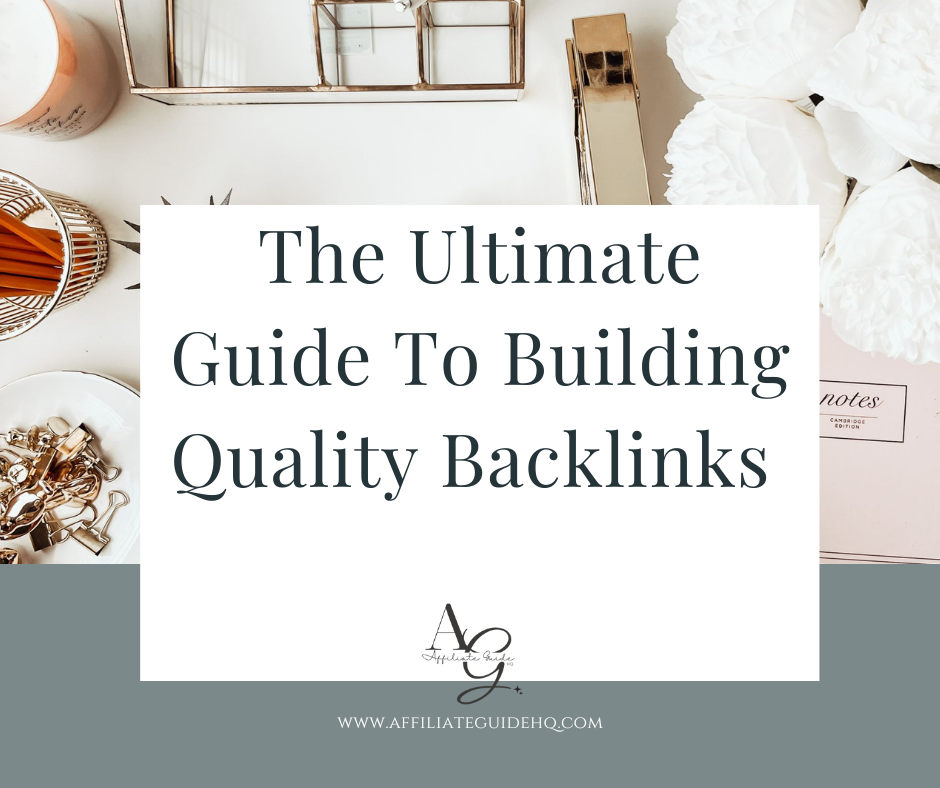

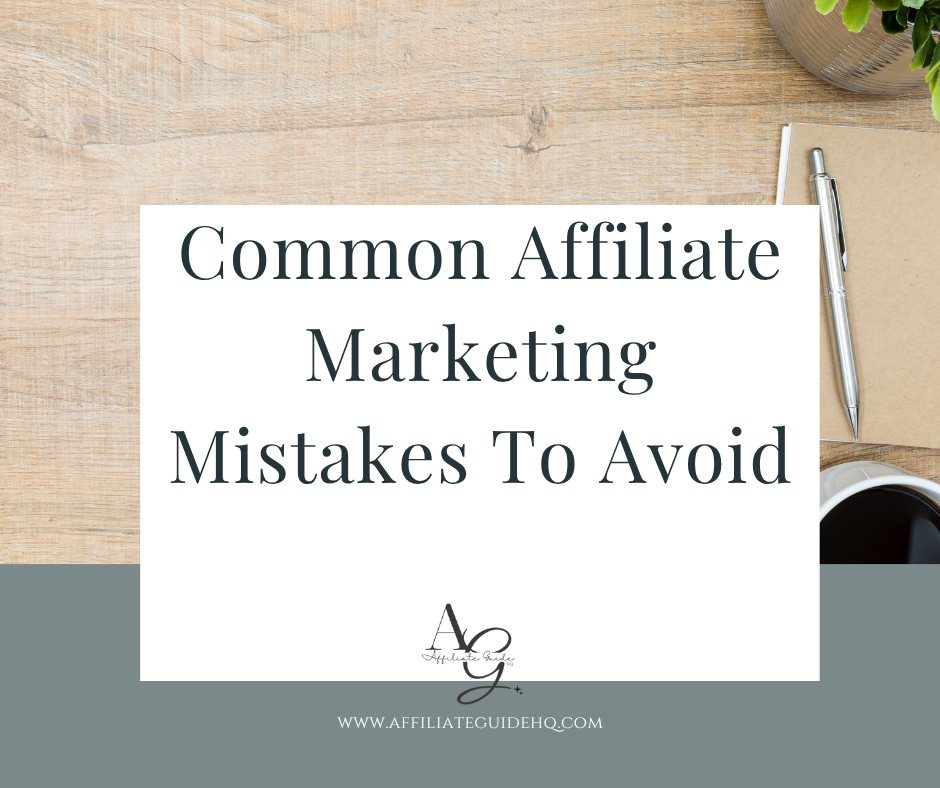

Leave a Reply